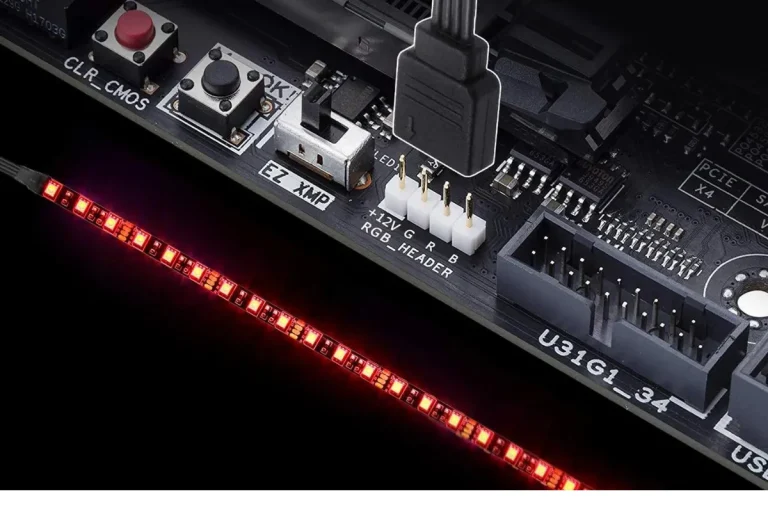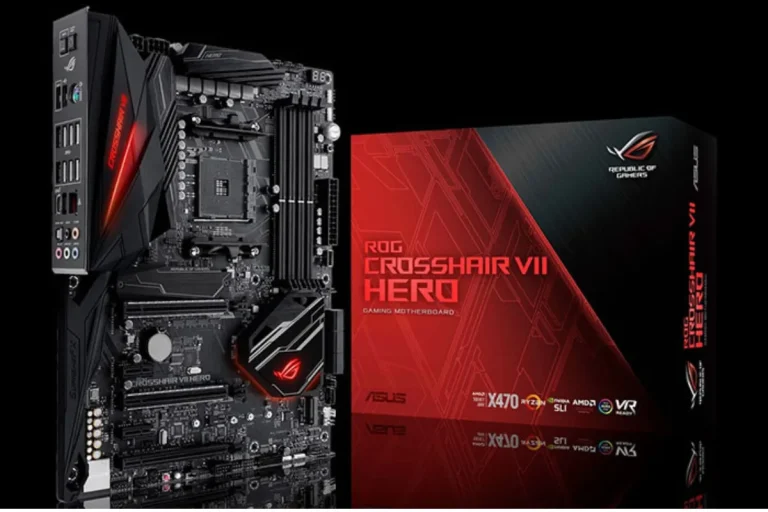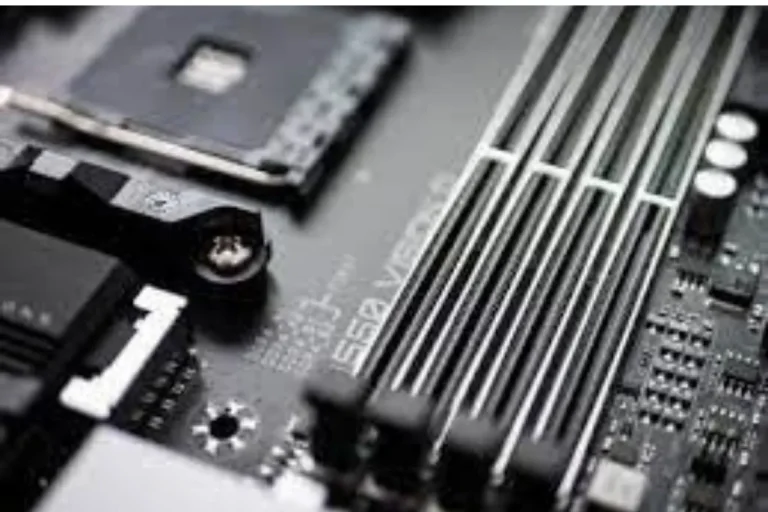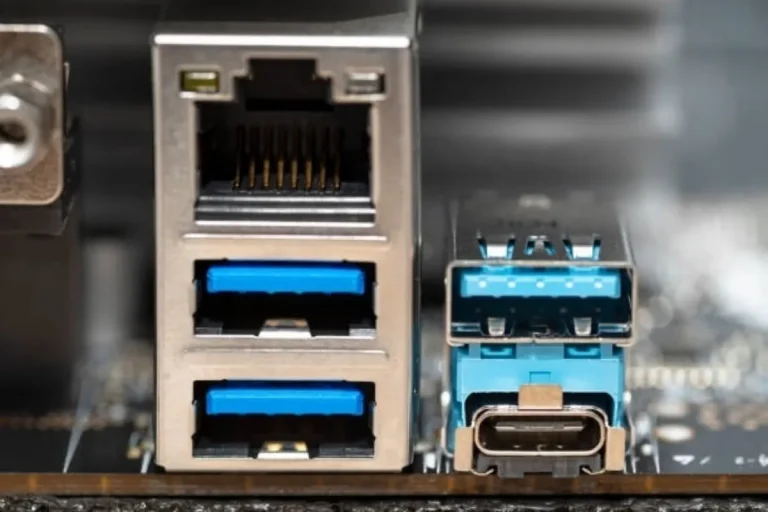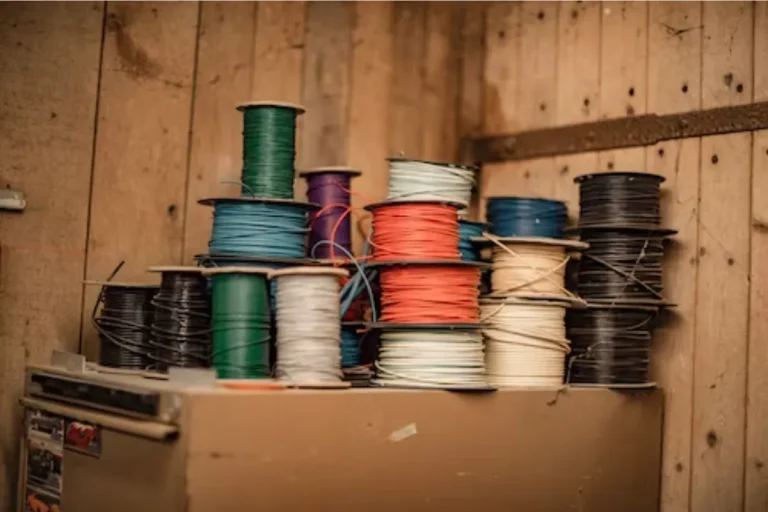Is a motherboard backplate necessary?
A motherboard backplate may seem like a small and inconspicuous component, but it plays a crucial role in the stability and longevity of your computer system. In this article, we’ll delve into the importance of a motherboard backplate, its benefits, and why you should consider using one in your build.
Benefits of Using a Motherboard Backplate
A motherboard backplate may seem like a small and simple component, but it offers several important benefits that can greatly enhance your computer system.
Enhanced Stability and Support for the Motherboard
One of the primary advantages of using a motherboard backplate is the enhanced stability it provides. The backplate acts as a sturdy foundation for the motherboard, ensuring that it remains securely in place.
This is especially crucial when transporting or moving your computer, as it minimizes the risk of the motherboard coming loose or getting damaged.
Protection against Electrical Shorts and Damage
A motherboard backplate also serves as a protective barrier between the motherboard and the computer case. It helps to prevent electrical shorts by insulating the back of the motherboard from any contact with the case.
This is particularly important because even a tiny electrical short can cause significant damage to the delicate circuitry of the motherboard, resulting in system malfunctions or even complete failure.
Improved Cooling and Airflow within the Computer Case
Efficient cooling is vital for maintaining optimal performance and prolonging the lifespan of your computer components. A motherboard backplate plays a role in this by creating a gap between the back of the motherboard and the case.
This gap allows for better airflow and ventilation, helping to dissipate heat more effectively. By reducing the risk of overheating, a backplate can contribute to improved overall system stability and performance.
Considerations When Choosing a Motherboard Backplate
When it comes to selecting a motherboard backplate, there are several important factors to consider. Taking these considerations into account will help ensure that you choose the right backplate for your specific needs.
Compatibility with the Motherboard Form Factor
First and foremost, it is crucial to ensure that the backplate you choose is compatible with the form factor of your motherboard. Motherboards come in different sizes and configurations, such as ATX, micro-ATX, and mini-ITX.
Each form factor requires a specific backplate design to ensure a proper fit. Checking the compatibility specifications of both the motherboard and the backplate will help you avoid any compatibility issues.
Material Options and Their Impact on Heat Dissipation
The material of the backplate can have an impact on heat dissipation within your computer system. Some backplates are made of metal, such as aluminum or steel, which can help dissipate heat more effectively.
Others may be made of plastic, which may not offer the same level of heat dissipation. Consider the thermal requirements of your system and choose a backplate material that aligns with those needs.
Customization Options and Aesthetic Considerations
While the primary function of a backplate is to provide stability and protection, it’s worth considering the customization options and aesthetic appeal of the backplate.
Some backplates offer customization features, such as RGB lighting or the ability to add custom logos or designs. If you value personalization and want your computer built to reflect your style, look for a backplate that offers these options.
Installing a Motherboard Backplate
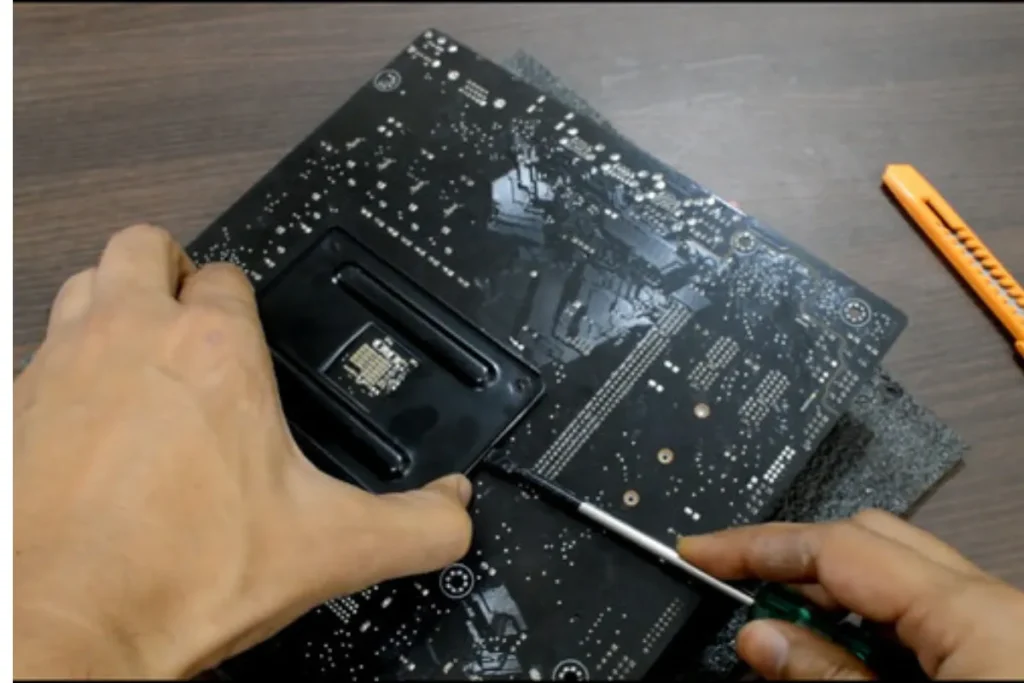
Installing a motherboard backplate is a relatively simple process that can greatly enhance the stability and protection of your computer system. To help you through the installation, let’s go through a step-by-step guide, discuss common mistakes to avoid, and provide tips for troubleshooting and ensuring a secure fit.
Step-by-Step Guide on How to Install a Backplate
- Start by gathering the necessary tools: a screwdriver, the motherboard backplate, and the motherboard itself.
- Carefully remove the motherboard from its packaging and place it on a non-static surface.
- Locate the backplate cutout on the computer case. This is usually found on the rear panel.
- Align the backplate with the cutout, ensuring that the screw holes on the backplate match the mounting holes on the case.
- Gently press the backplate into place, making sure it fits securely.
- Use the screwdriver to tighten the screws on the backplate, ensuring that they are snug but not overly tight. Be cautious not to strip the screws or damage the backplate.
Common Mistakes to Avoid During the Installation Process
- Avoid using excessive force when installing the backplate, as this can cause damage to the motherboard or the case.
- Double-check the alignment of the backplate and the mounting holes to prevent misalignment or improper fit.
- Take care not to overtighten the screws, as this can cause stress on the motherboard or strip the threads.
Tips for Troubleshooting and Ensuring a Secure Fit
- If you encounter difficulties fitting the backplate, double-check the compatibility between the motherboard and the case. Some cases may require specific backplates.
- If the backplate doesn’t fit securely, try adjusting the alignment or checking for any obstructions that may be preventing a proper fit.
- If you’re uncertain about the installation process, consult the motherboard or case manufacturer’s documentation for specific instructions or seek assistance from a professional.
Frequently Asked Questions
1. What is motherboard form factor compatibility?
Motherboard form factor compatibility refers to ensuring that the backplate is designed to fit the specific size and layout of your motherboard. Different motherboards have different form factors, such as ATX, micro-ATX, or mini-ITX.
2. How do material options impact heat dissipation?
The material used for the backplate can affect its ability to dissipate heat. Materials like aluminum or steel have good heat conductivity and can help dissipate heat generated by the motherboard components.
3. What customization options are available for motherboard backplates?
Some backplates offer customization options, such as different colors, patterns, or designs. These aesthetic considerations allow users to personalize their computer system and match it with their preferred style or theme.
4. Are aesthetic considerations important when selecting a backplate?
Aesthetic considerations are subjective and depend on personal preferences. While the appearance of a backplate can enhance the overall look of your computer system, it should not compromise functionality or compatibility.
5. Can I use a backplate from one motherboard on a different motherboard?
In most cases, backplates are not interchangeable between different motherboard models or form factors. Each motherboard has unique mounting hole positions and layouts.
Conclusion
In conclusion, a motherboard backplate is indeed necessary for most computer setups. It provides enhanced stability, protection against dust and electrical interference, and prevents accidental damage. While there may be scenarios where a backplate is not essential, the peace of mind and added benefits make it a worthwhile investment for most users.
